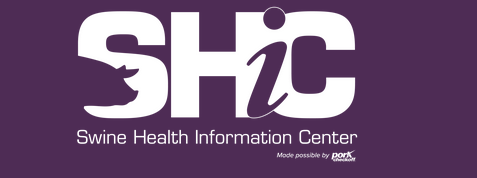

Farmscape for January 9, 2023
| Full Interview 8:24 | Listen   |
The Swine Health Information Center suggests North American pork producers remain the last line of defense against the introduction of African Swine Fever. As part of its January enewsletter the Swine Health Information Center has released its monthly domestic and global swine disease surveillance reports. SHIC Executive Director Dr. Paul Sundberg says African Swine Fever has broken in Czechoslovakia, it continues to move in Poland, it continues to cross over the border into Germany and although North America remains ASF-free we still have the infection in the western hemisphere in the Dominican Republic and Haiti on the island of Hispaniola.
Clip-Dr. Paul Sundberg-Swine Health Information Center:
All of these issues, whether it’s eastern Europe, whether it is China, southeast Asia or the Dominican Republic or Haiti, they all put pressure on North America for the entry of that virus. The wider the wider the virus is out in the world, the more the virus is spreading and the higher the concentration of that virus around the world means more risk and more pressure on North America, more risk of introduction and getting it into the North American continent. It’s going to be on the Dominican Republic and on Haiti for a long time.
Haiti and the DR are not looking, even though they’re trying to get control and eradication programs, the reality is that it’s going to be on that island for a long time. And, all of those things put more and more pressure onto the possibility of introduction into either the U.S., Canada or Mexico, into North America. We have to stay on our game and we have to make sure that we do everything possible to keep that virus out of North America.
Dr. Sundberg says pork producers need to do everything they can do to keep ASF off of their farms in the event the virus does find its way into North America.
For more visit Farmscape.Ca. Bruce Cochrane.
*Farmscape is produced on behalf of North America’s pork producers





